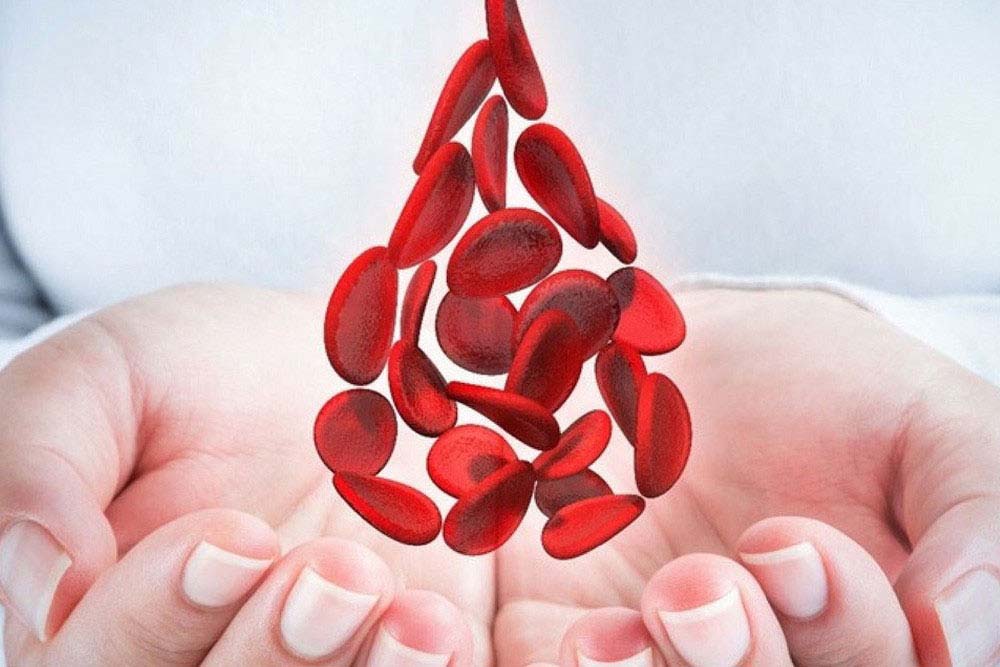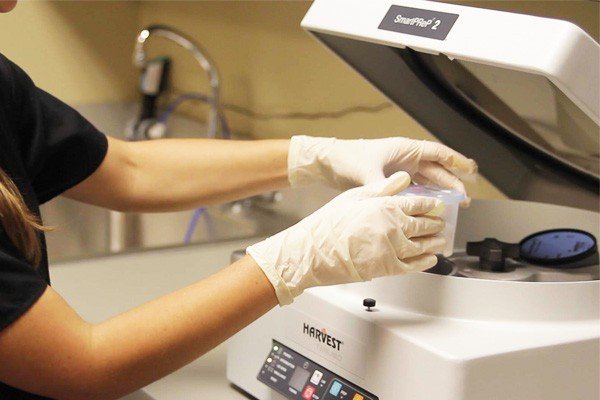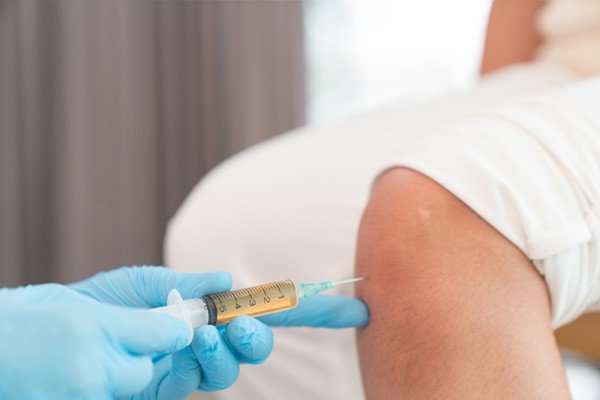How to Increase Blood Platelets for Best Results from PRP Therapy

The success of PRP therapy depends on the optimum number of platelets in the blood. That’s because platelets are the basic component in the PRP serum that helps you with your medical and aesthetic issues. For this reason, when screening you as a good candidate for PRP, doctors may increase blood platelets or lower them as needed with the right course of treatment.
What are blood platelets?
Why do you need to increase blood platelets? What do platelets have to do with PRP therapy?
Have you been wondering about these issues? Let’s ask the expert for answers.
Dr. Marlene Williams is the assistant professor of medicine and CICU director at Johns Hopkins Bayview Medical Center. She explains, “Platelets are the cells that circulate within our blood and bind together when they recognize damaged blood vessels. When you get a cut, for example, the platelets bind to the site of the damaged vessel, thereby causing a blood clot. There’s an evolutionary reason why they’re there. It’s to stop us from bleeding.”

What are Platelets Used For in PRP Therapy?
Each time you have an injury, the blood vessels send out signals to the platelets. Typically, platelets resemble flat disks and float freely in the blood. But, on reaching the injury site, they develop thread-like tentacles that work quickly to form a clot and stop the bleeding. They also emit chemical messages to attract more platelets and healing agents to the trauma.
During PRP therapy, the medical practitioner spins your blood in a centrifugal device to isolate the platelets and plasma in which they float. This plasma also contains other repairing elements that work in different ways. For instance, the chondrocytes repair damaged cartilage while cytokines help fight any infection-causing bacteria that may have entered the wound. Other cells in the plasma help to lower the pain and create new blood vessels in the damaged tissues.
After separating the Platelet Rich Plasma (PRP) from the red blood cells (RBC) and white blood cells (WBC), doctors inject the PRP into the treatment site. In this way, they stimulate the healing of tissues using the body’s natural repairing mechanism.
What Does it Mean When Your Platelet Count is Low?
An optimum number of platelets ranging from 150,000 to 450,000 platelets per microliter of blood is highly essential for the proper functioning of your body. In case you have platelets fewer than 150,000, you have a condition called “thrombocytopenia.” And, your doctor may set you on a treatment course to increase blood platelets to normal levels.
Without an adequate number of platelets, your body is unable to stop the bleeding from any kind of injury or trauma. As a result, you may notice symptoms like frequent bruising and rashes on the body. You also risk spontaneous bleeding from the digestive tract, gums, or nose.
At the time of screening you as a good candidate for PRP therapy procedure, your doctor will likely get a routine blood test done that includes a Complete Blood Count (CBC). The CBC test reveals the number of platelets in your blood. If the number of platelets is lower than normal, the physician might recommend that you delay therapy. Your PRP treatments can begin only after the platelet count has returned to optimum numbers.

How Do You Treat Low Platelets?
Abnormal platelet counts can be higher or lower than normal and cause various medical issues. Your doctor will recommend an appropriate course of action to increase blood platelets or lower them as needed.
Low counts can result from several causes such as:
- Side effects of certain medications you may be taking like, for instance, aspirin, ibuprofen, ampicillin, and naproxen
- Kidney disease
- Cancer of the bone marrow where platelets are created
- Infections like hepatitis C, HIV, and sepsis
- Pregnancy
- Abnormal immune system that attacks the platelets
- Heavy intake of alcohol
- Anemia
- Clotting inside the body because of which too many platelets are used up
To increase blood platelets, your medical practitioner will conduct tests to identify the cause of the low counts. Accordingly, you’ll receive recommendations such as:
- Medications to cure the infections
- Drugs to raise the platelet counts
- Iron supplements to cure anemia
- Stopping the intake of alcohol
- Stopping blood thinning medications
- In cases where the cause of a low platelet count is unknown and the levels become dangerously low, your doctor may suggest platelet transfusions.

Increase Blood Platelets for Optimum PRP Results
Given that a normal platelet count is essential for the effectiveness of PRP therapy, your doctor will assess you carefully before signing you up for a session. Do keep in mind that by following a systematic screening protocol, your doctor can ensure that the treatment works as expected. As a result, you’ll lower the overall PRP injection cost. You’ll need fewer sessions and the healing will progress as planned.
Would you like more information about the contraindications of PRP therapy? If you have any other questions about the precautions you can take to ensure that you get the best results from your PRP treatments, please feel free to contact us and we’ll get back to you with all the details you need. You can also call us at this number: (888)-981-9516.
Have you taken PRP treatments in the past? What were the tests that your doctor conducted? Were you happy with the careful screening you went through? Please share your experiences with our readers using the comment box below.
References: